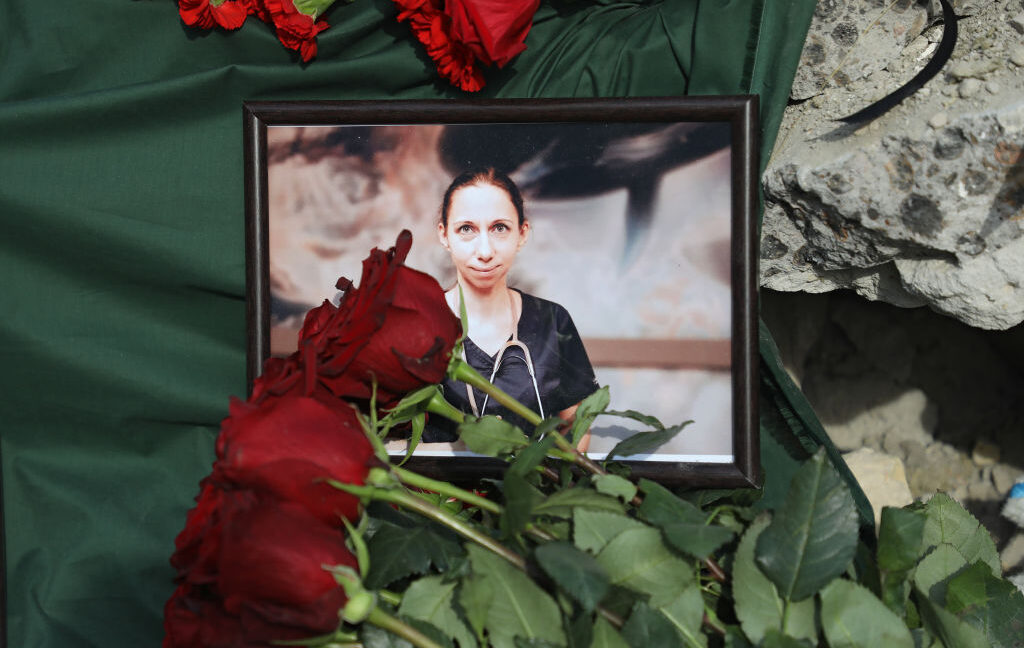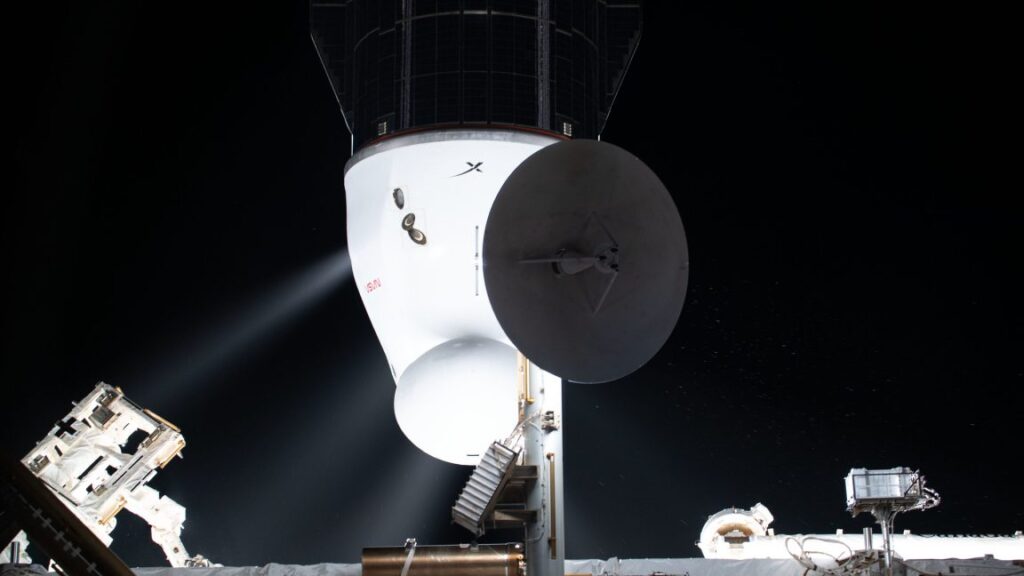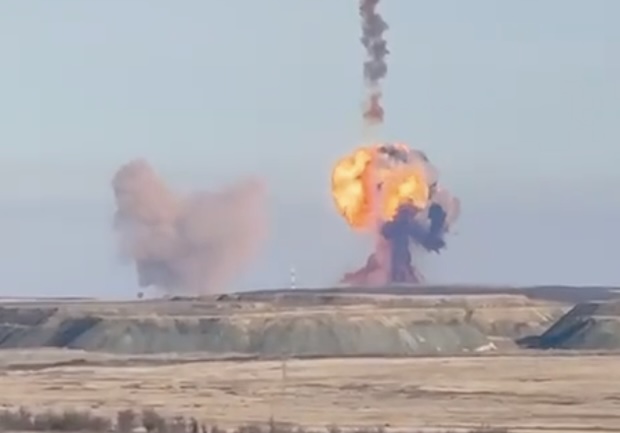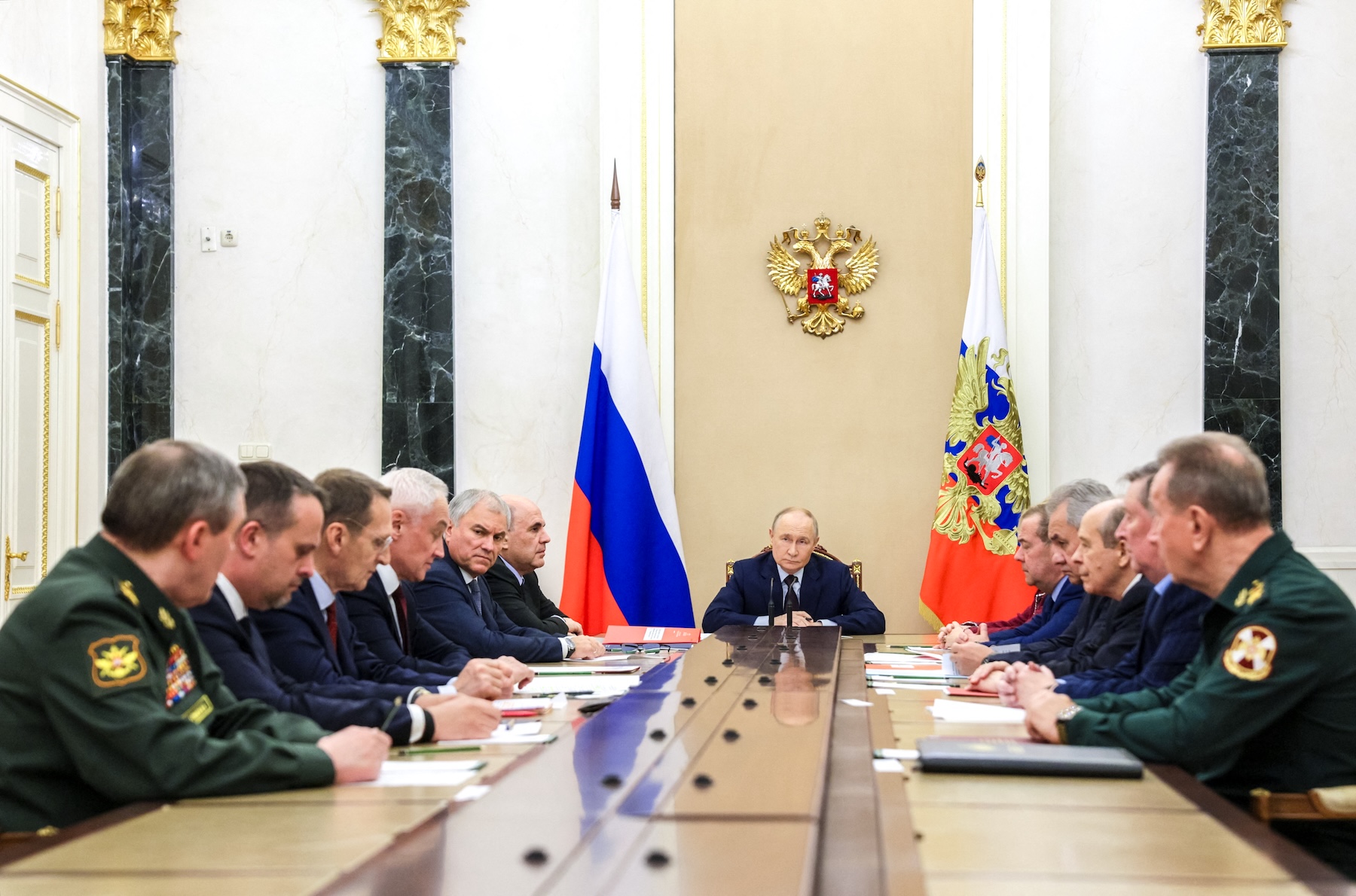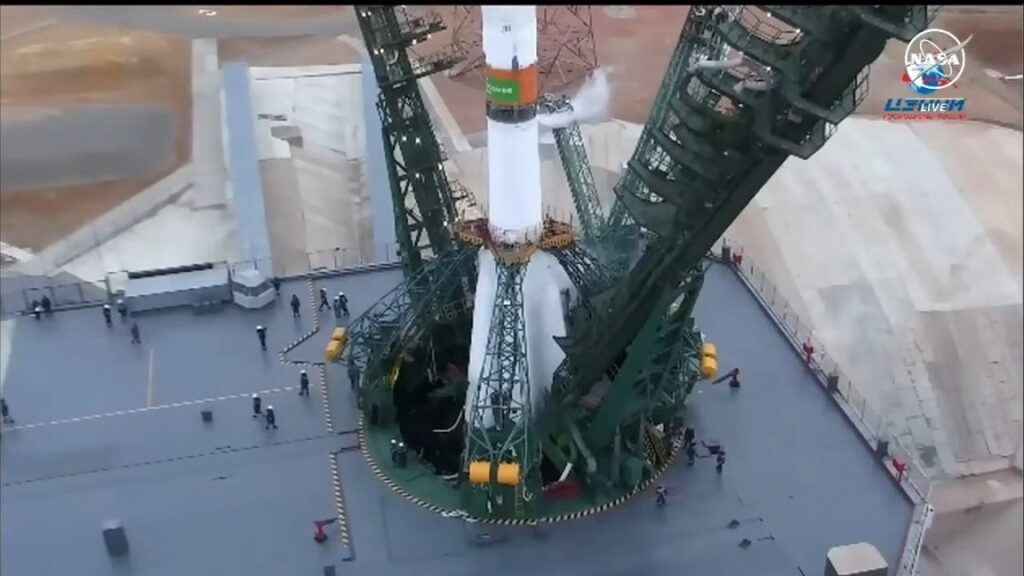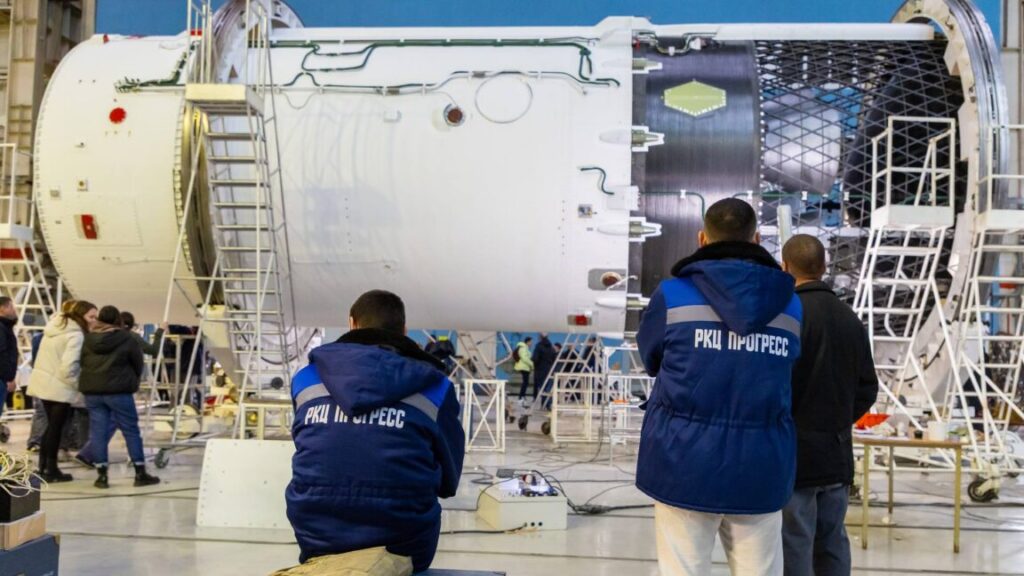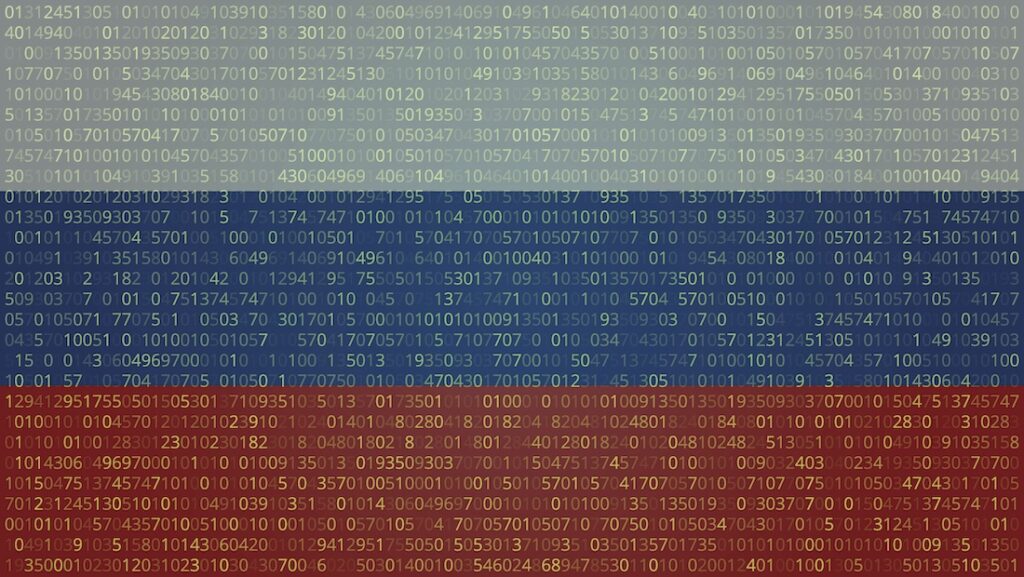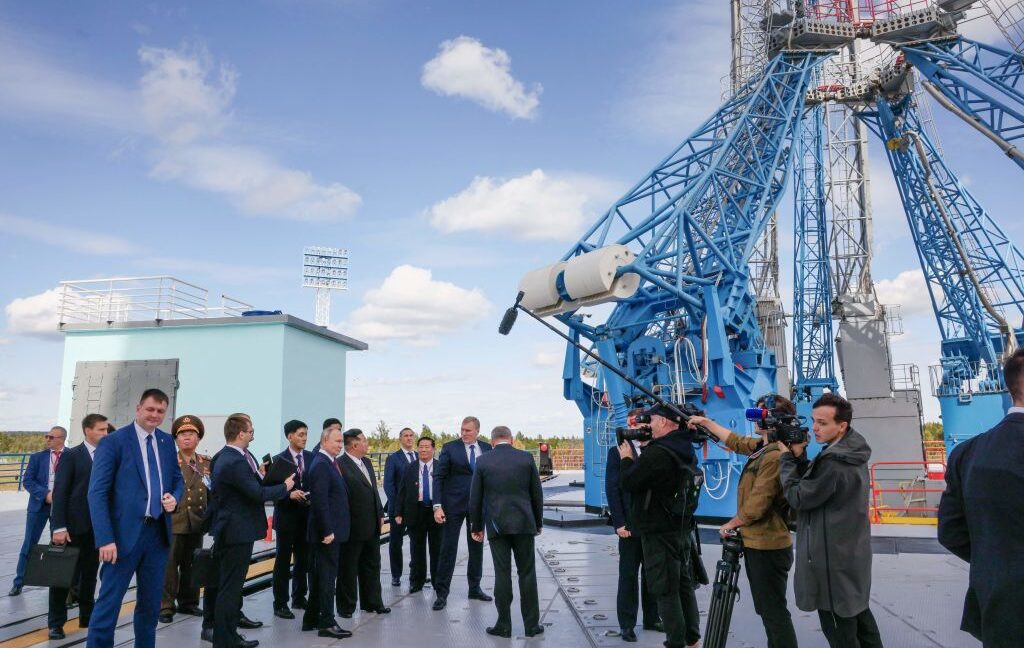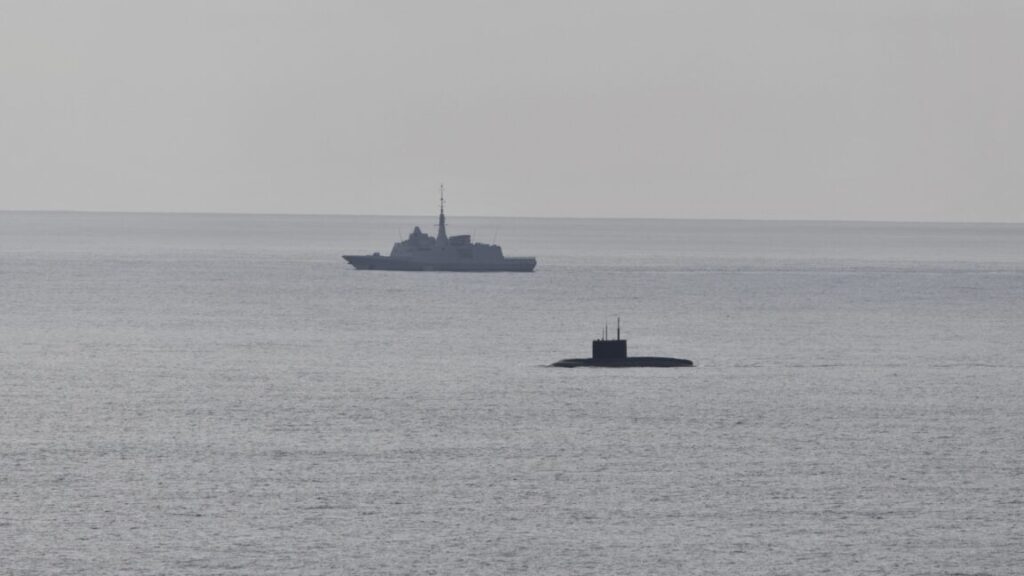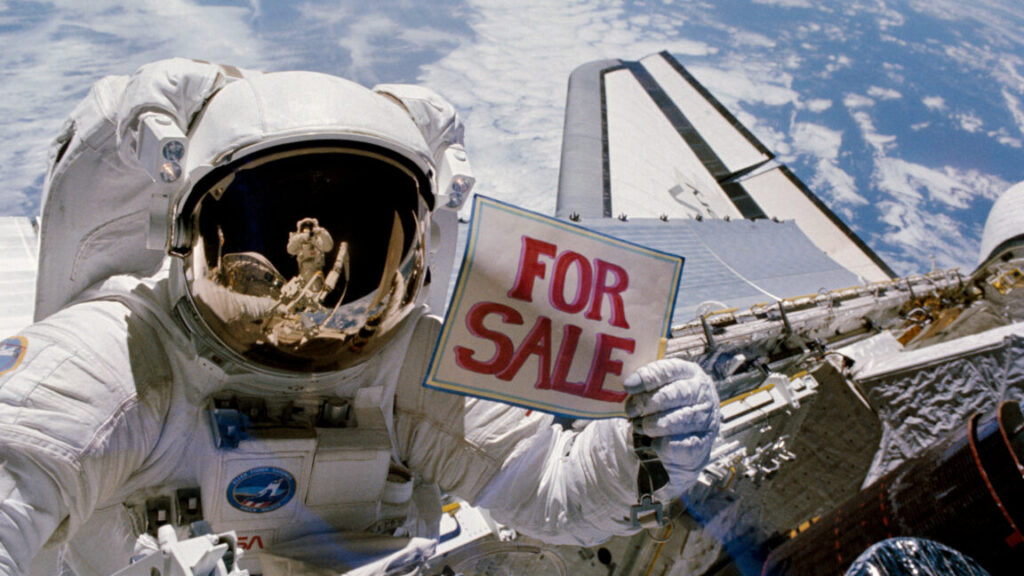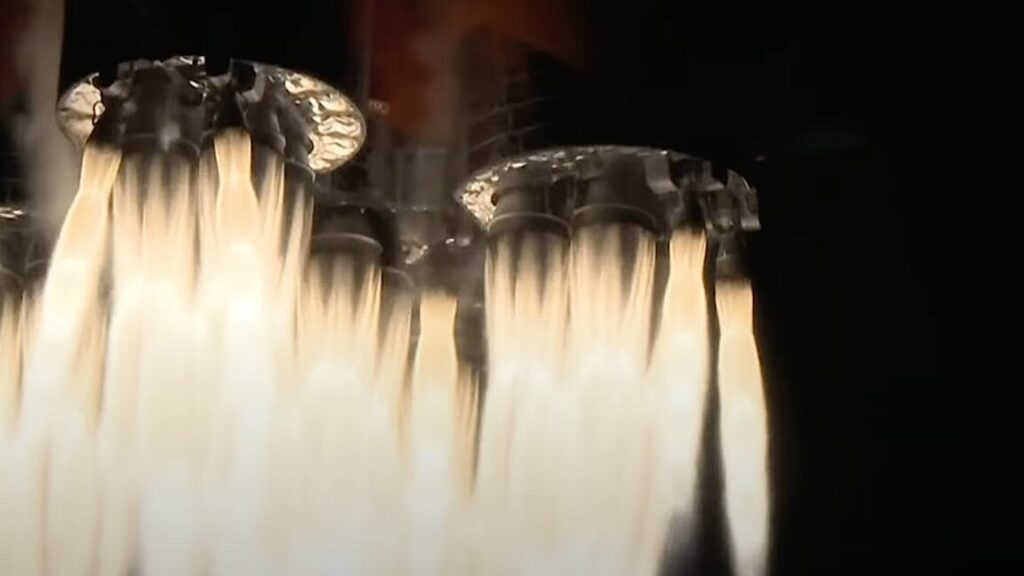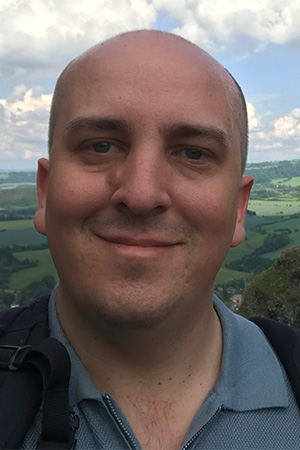Ukrainians sue US chip firms for powering Russian drones, missiles
Dozens of Ukrainian civilians filed a series of lawsuits in Texas this week, accusing some of the biggest US chip firms of negligently failing to track chips that evaded export curbs. Those chips were ultimately used to power Russian and Iranian weapon systems, causing wrongful deaths last year.
Their complaints alleged that for years, Texas Instruments (TI), AMD, and Intel have ignored public reporting, government warnings, and shareholder pressure to do more to track final destinations of chips and shut down shady distribution channels diverting chips to sanctioned actors in Russia and Iran.
Putting profits over human lives, tech firms continued using “high-risk” channels, Ukrainian civilians’ legal team alleged in a press statement, without ever strengthening controls.
All that intermediaries who placed bulk online orders had to do to satisfy chip firms was check a box confirming that the shipment wouldn’t be sent to sanctioned countries, lead attorney Mikal Watts told reporters at a press conference on Wednesday, according to the Kyiv Independent.
“There are export lists,” Watts said. “We know exactly what requires a license and what doesn’t. And companies know who they’re selling to. But instead, they rely on a checkbox that says, ‘I’m not shipping to Putin.’ That’s it. No enforcement. No accountability.”
As chip firms allegedly looked the other way, innocent civilians faced five attacks, detailed in the lawsuits, that used weapons containing their chips. That includes one of the deadliest attacks in Kyiv, where Ukraine’s largest children’s hospital was targeted in July 2024. Some civilians suing were survivors seriously injured in attacks, while others lost loved ones and experienced emotional trauma.
Russia would not be able to hit their targets without chips supplied by US firms, the lawsuits alleged. Considered the brain of weapon systems, including drones, cruise missiles, and ballistic missiles, the chips help enable Russia’s war against Ukrainian civilians, they alleged.
Ukrainians sue US chip firms for powering Russian drones, missiles Read More »
